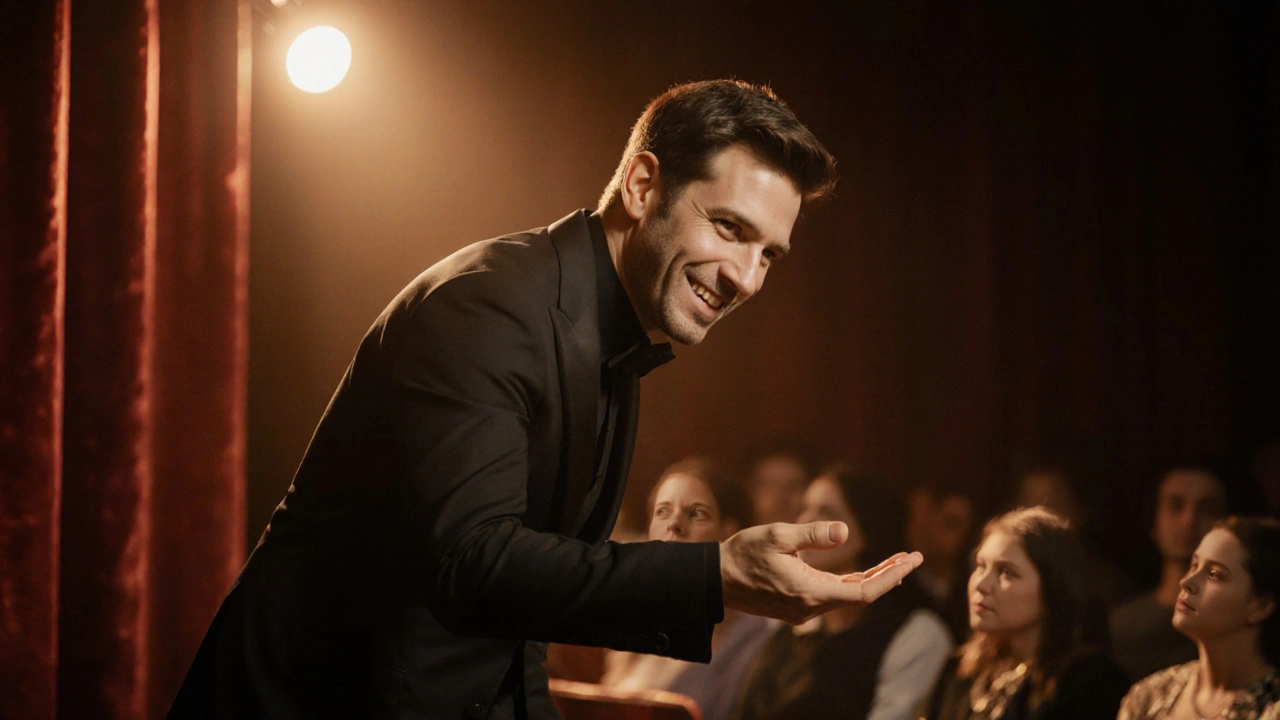Misdirection Magic: How to Steal the Spotlight in Your Tricks
When working with Misdirection, the deliberate steering of audience attention away from the method of a magic effect. Also known as attention diversion, it lets a performer hide the real move while the crowd follows a false cue. In practice, misdirection is a partnership between timing, movement, and the audience’s expectations. It’s not magic in the supernatural sense; it’s a psychological shortcut that tricks the brain into filling gaps. By directing focus to a bright hand, a loud sound, or a witty comment, you create a blind spot where the secret happens. This opening explains why every solid illusion, from a disappearing coin to a grand stage prediction, starts with a simple shift of attention.
Key Concepts That Power Misdirection
One of the most common allies of misdirection is Mentalism, a performance style that leans heavily on suggestion, cold reading, and subtle cues. Mentalism requires both misdirection and the audience’s willingness to believe they’re witnessing genuine mind‑reading, which is why the two are inseparable. Another close partner is Psychology, specifically the study of perception, attention, and memory. Understanding how the brain prioritizes information lets a magician plant a false narrative that overrides the real method. Finally, sleight of hand – the precise, often invisible, manipulation of objects – depends on timing and misdirection to stay hidden. The triple relationship looks like this: misdirection encompasses psychological manipulation; mentalism requires misdirection and cold reading; sleight of hand relies on timing and misdirection. When you blend these elements, the audience’s focus becomes a tool you control, not a barrier you fight.
The posts below dive deep into each of these ideas. You’ll find articles that break down how mentalists like Oz the Mentalist fake mind‑reading, step‑by‑step guides to cold reading, and science‑backed explanations of why attention can be hijacked with a simple gesture. There are also practical tutorials on building everyday magic tricks that use misdirection in daily conversations, plus insights into the artful science behind every illusion. Whether you’re a beginner looking for a first trick or an intermediate performer wanting to sharpen your psychological edge, the collection covers the full spectrum of attention‑steering techniques.
Ready to see how misdirection shapes every great illusion? Scroll down to explore detailed tutorials, behind‑the‑scenes breakdowns, and real‑world examples that show you exactly how to apply these principles on stage or at a dinner party. Each article adds a new layer to your understanding, so you can start using misdirection right away and impress anyone who watches.

Is “Thank You” the Ultimate Magic Word?
- by Conni Mendiburu
- on 7 Oct 2025
Explore why "thank you" can act as a magic word, learn how to weave it into tricks, avoid common mistakes, and see real‑world examples for stronger performances.
